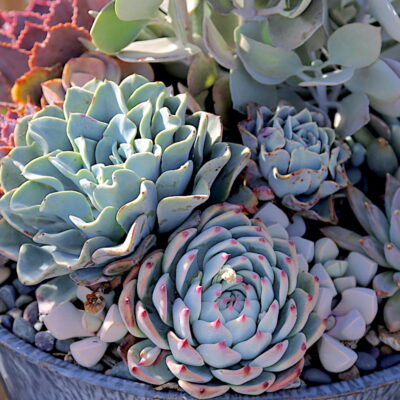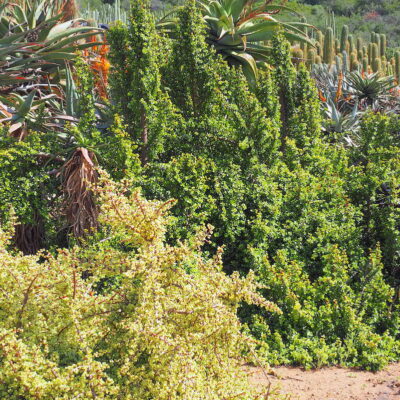If you're looking for a great succulent nursery to tour, head for family-owned Rojas Succulents and Cacti, located on 1-1/2 acres in Fallbrook, CA, midway between Riverside and San Diego. Rojas does everything right. Their superb inventory ranges from succulents for gardens to collectible rarities, and includes unusual variegates (succulents with streaked or multicolored leaves).
Why Rojas is Worthy
A trip to Rojas is worthwhile for reasonably priced, perfectly grown plants, including varieties you're not likely to find elsewhere. In a nutshell, the nursery...
- Has experienced owners. Matriarch Rosalina Rojas has years in the nursery business, specifically growing succulents. To learn her remarkable story, scroll down.
- Keeps getting better and better. In six years, they've expanded from two greenhouses to eleven.
- Is customer-oriented. The owners have a great attitude. "When people come, they go on a hunt for something they don't have," says Rosalina's son, co-owner Carlos Rojas. "That's what we're here for, to share our passion."
- Sells mail-order. If you're unable to visit in person, you can shop online. Many of their finest collectible succulents are on Etsy.
Tour Rojas Succulents
Recently I toured the nursery with Carlos as host and guide. In the video, he shows what he's especially proud of: fancy ruffled echeverias, unusual Aeonium species, and a greenhouse reserved for collector's specimens. (Visiting it is by appointment only.) You'll also discover their watering formula for healthy, pest-free plants!
The Backstory
This first appeared in 2014 as a post for Gardening Gone Wild.
ROSALINA’S DREAM: A NURSERY OF HER OWN
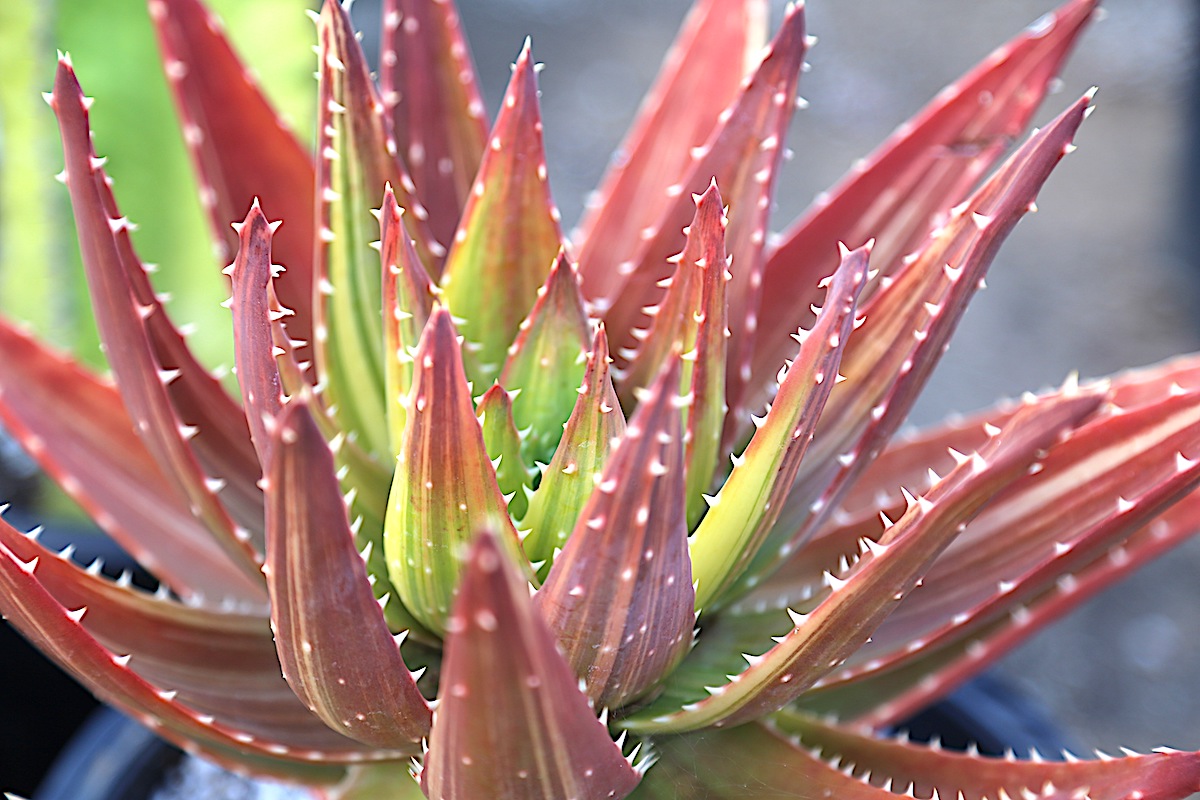
I photographed this Aloe nobilis ‘Variegata’ and the other succulents shown here at Roja’s Succulents,
Once a renowned nursery, Cooper’s Cactus and Succulents ceased to exist when John Cooper passed away. However, his plants live on, as does his kindness. According to former employee Rosalina Rojas, “John Cooper made it possible for me to have my own nursery."
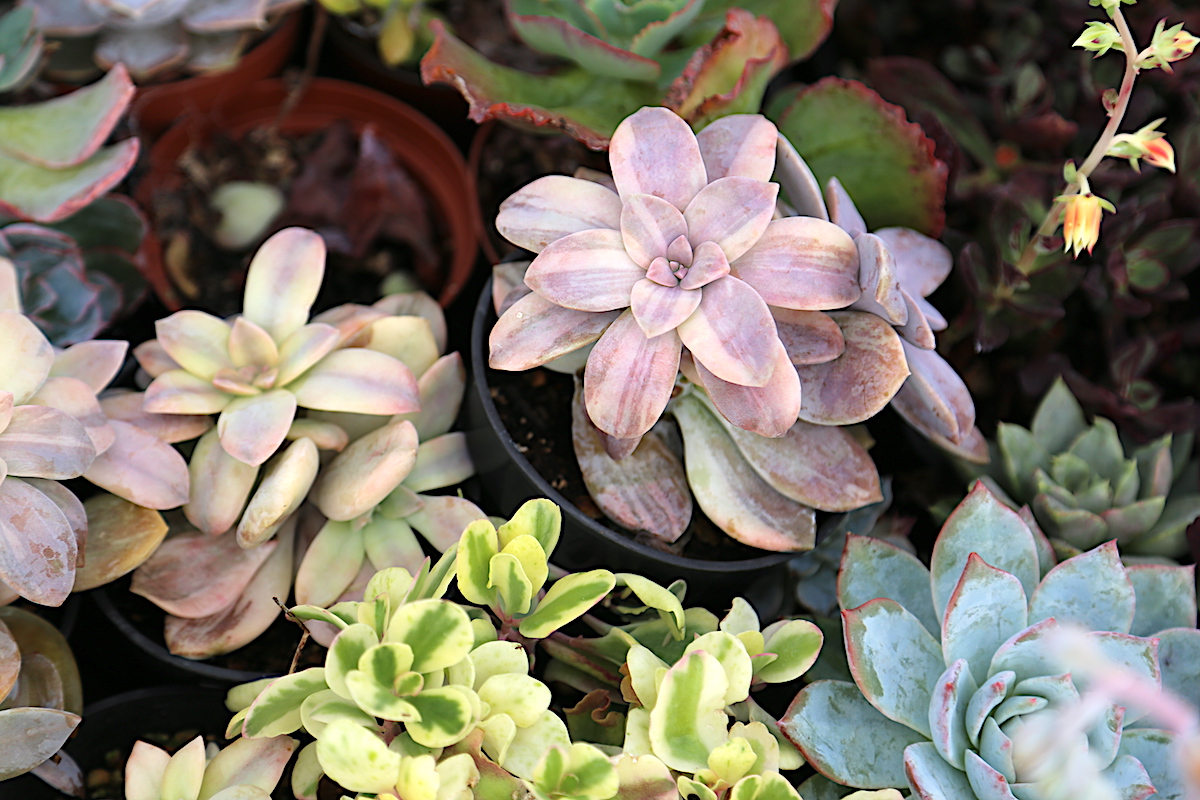
This variegated Graptopetalum pentandrum is one of Rosalina's introductions
“I’ve been in the US for 26 years, and I’m a citizen,” Rosalina says proudly. She originally is from Guanajuato, Mexico. “One of my sons is fighting for our country,” she added. Francisco is in the Special Forces. Her other son, Carlos, helps with the nursery. Carlos introduced himself to me at the Succulent Celebration at Waterwise Botanicals Nursery, and urged me to visit. I’d heard good things about Rosalina and the quality of her plant material.

This crested, variegated aeonium is an example of the rare succulents Rojas specializes in
“It’s my passion and my living,” Rosalina told me, adding that having her own nursery made it possible for her to raise her sons as a single mom. Following in her mentor’s footsteps, Rosalina cultivates many beautiful, rare and unusual varieties. So, what treasures did I bring home? One was an unusual senecio with beadlike leaves.

Senecio with globular leaves
And a variation of Kalanchoe luciae (paddle plant) with rolled leaves. Rosalina calls it the “taco kalanchoe.”
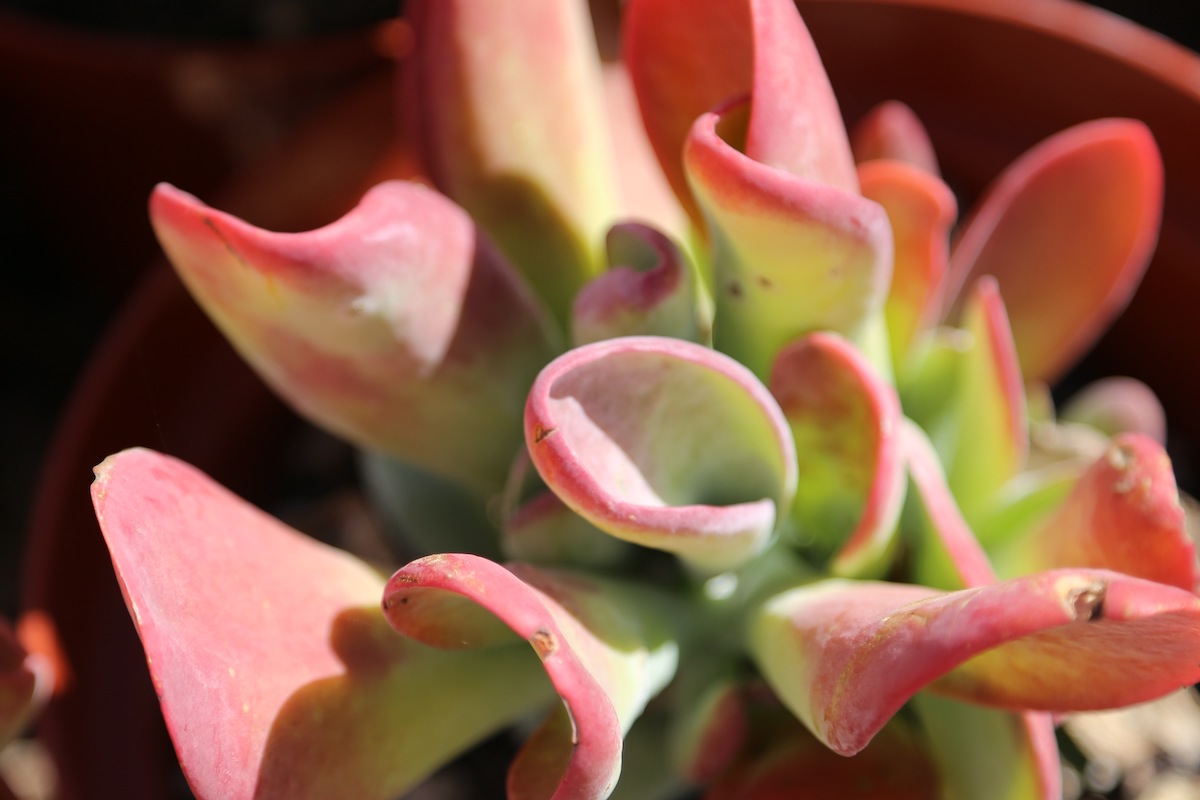
Rare Kalanchoe luciae with rolled, variegated leaves
When you’re in the area, do visit Rojas and mention that you heard about the nursery here. You also might want to consult my comprehensive list of San Diego Succulent Destinations. Incidentally, Rosalina wasn’t the only person Mr. Cooper helped. Others continue to cultivate plants he grew at his nursery---a great legacy!
Rojas Succulents and Cacti, 2005 E. Alvarado St., Fallbrook, CA 92028; 760/271-4962. Monday-Saturday 9 to 4. @rojassucculents on Facebook, Instagram and Etsy.
Note: No disclaimer needed! I wasn't paid to promote this business. ;+) Debra
Echeveria Info, Photos & Varieties
Echeveria Info, Photos & Varieties How to grow echeverias perfectly, plus an extensive gallery, all ID’d About Echeverias Here you’ll find expert advice to help you grow echeverias perfectly, with a gallery of 150+ beautiful, notable species and cultivars. Learn about the plants’ native habitat, optimal care, light and water requirements, flowering, soil, fertilizer, pests,…
San Diego Succulent Sources and Destinations
In San Diego and Beyond… Nurseries, public gardens and destinations in North America’s “epicenter of all things succulent” Planning your visit Due to a perfect climate for succulents and a surging demand, San Diego county has a wealth of succulent specialty nurseries, each with its own distinct character. Land is more affordable away from coastal…
The post Rojas Succulents Nursery Tour appeared first on Debra Lee Baldwin. Copyright © Debra Lee Baldwin.
from Debra Lee Baldwin https://ift.tt/3969Uuu
via IFTTT

